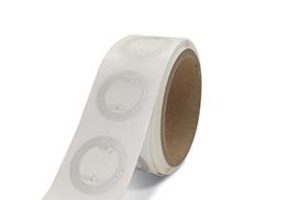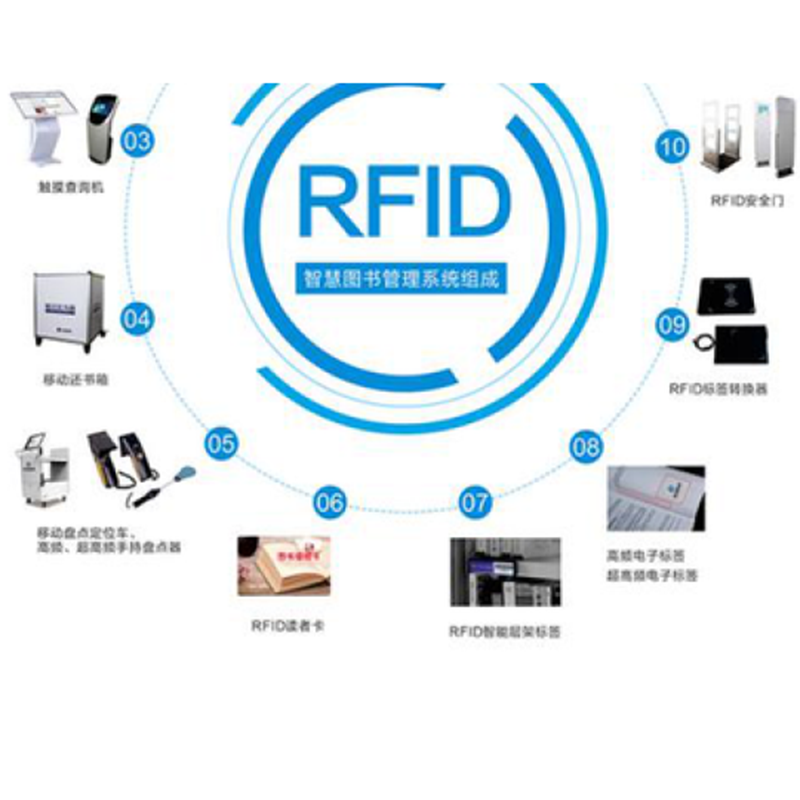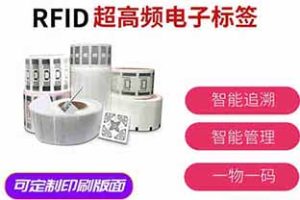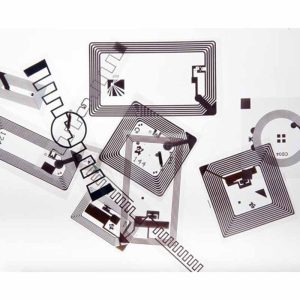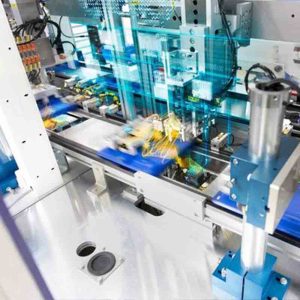Comprehensive introduction and information of RFID
How to manage more kangaroos than Australia’s population? How to track what humans launch into space? If the patient does not go to the hospital, how can doctors detect and obtain first-hand brain waves and electrocardiogram data? What should I do if the bar codes in the supermarket are dilapidated and damaged? …These problems seem difficult and not necessarily related, but RFID technology can solve the above problems. RFID is the abbreviation of “Radio Frequency Identification” in English. In Chinese, it is called radio frequency identification, inductive electronic chip or proximity card, induction card, contactless card. Wait, it is a kind of contactless automatic identification technology.
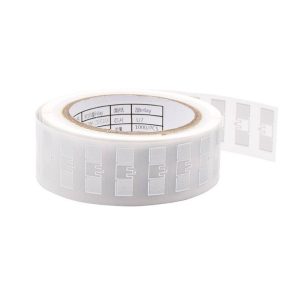
Comprehensive introduction and information of RFID 123
1. Origin of RFID
RFID was first used to identify the enemy in air operations in World War II: at that time, the British used to confirm whether the aircraft entering the airport were their own to avoid being hit by mistake. Since the 1990s, this technology has been widely used by the U.S. military in weapons and logistics management systems. During the Iraq War, the United States used RFID to deploy weapons and materials very accurately, ensuring the accurate supply of front-line ammunition and materials. Unlike the “adequate” supply in the past, modern management emphasizes accurate supply, that is, to provide as much as you need, because excess supply will increase unnecessary management costs. Many European and American highways have electronic toll stations. As long as you rely on the RFID identification card stuck to the car, you can directly pass through the toll lane and automatically deduct money without parking.
Comprehensive introduction and information of RFID 123
2. Principle of RFID
1. Tag (i.e. radio frequency card): It consists of a coupled component and chip. The volume label contains an internal antenna for communication with the RF antenna.
2. Reader: A device that reads (which can also be written in the reading and writing card) the volume label information.
3. Antenna: Transmit RF signals between the reel and the reader.
The basic workflow of the system is: the reader sends a certain frequency of RF signals by transmitting the antenna. When the radio frequency card enters the working area of the transmitting antenna, induction current is generated, and the energy obtained by the radio frequency card is activated; the radio frequency card sends its own encoding and other information through the built-in sending antenna of the card; the system receives the carrier signal from the radio frequency card, which is transmitted to the reader through the antenna regulator. The reader modulates and decodes and then sends the received signal to the background main system for relevant processing; the main system judges the legitimacy of the card according to logical operations, makes corresponding processing and control according to different settings, and sends instruction signals to control the action of the actuator. In the past, bar codes were used. Due to the limitation of length, the logistics industry could only define one class code for each type of product, that is to say, a batch of milk, regardless of the shelf life, their code in the mall is the same, and the mall cannot pass the replacement.
Determine the exact inventory cycle of each product. According to the EPC network plan, every actual electronic product will have a 96-bit long product label, or license. The label will indicate the manufacturer, describe the type of product and assign a unique serial number to the item. The result is that any product, even a box of milk, will have
Your own identity. Mathematically, the 96-bit long label is enough to designate a unique identity for every object on earth. It is no exaggeration to say that “RFID can catalog objects one by one, so that every nail and a rivet for building an aircraft can be identified.” Since the storage capacity of RFID labels is more than 96th of 2, they can represent each of the world’s products in a unique code.
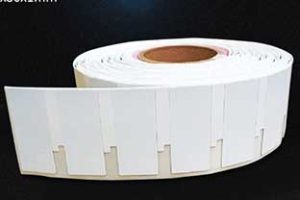
Comprehensive introduction and information of RFID 123
3. RFID flies into the homes of ordinary people
In Hong Kong, the most common application of this technology is the “contactless” Octopus card used on buses, trains and ferries, which is mainly convenient for the storage and automatic sale of small goods. RFID chip is also the main technology used in the Beijing one-card project. RFID technology can be widely used in the civil field thanks to two driving forces: first, the cost of chip manufacturing has been greatly reduced, from the initial dozens of dollars to a few cents, so that RFID electronic labels can be accepted by supermarket managers; second, users’ access to RFID technology It is widely accepted that the decision of Metro, the largest supermarket in Europe, and Wal-Mart, the largest supermarket in the United States, to try RFID in 2003 and 2004 accelerated the popularization of RFID technology. In particular, U.S. retail giant Wal-Mart specifically requires its main suppliers to use RFID tags early next year, which has contributed to the promotion of RFID technology. 70% of Wal-Mart’s goods come from China. Wal-Mart’s top 100 suppliers and the U.S. Department of Defense will spend $515 million to $3.8 billion in RFID technology and services this year. A lot of this money will be used to integrate RFID data coding and data capture systems into the information network to support the production and distribution activities of suppliers. The driving force of RFID is the market, which is different from other IT technologies. However, because ordinary consumers do not have a clear impression, the attention of supermarkets and management agencies has also made people interested.
Comprehensive introduction and information of RFID 123
4. More wonderful applications of RFID
In addition to various applications in supermarkets, medical researchers are also developing various wearable chips. Many companies have invested a lot of money to develop the underlying hardware they need. Paolo Bonato, director of the exercise analysis laboratory at Spaulding Rehabilitation Hospital, Harvard Medical School, pointed out. Bonato at 20A number of papers on wearable medical devices were written in the IEEE Engineering medical and biology volume published in May 6 of 3 years. One of the papers wrote: “The ultimate goal is to realize a single chip with an external power supply and an intelligent MEMS sensor, which can be used for one time, and the size is almost the size of an ordinary ‘Chuangke Post’.” In commercial applications, some emerging companies are developing shirts, watches, armbands and rings with embedded sensors, which can enable ordinary people with various minor problems to track their heart, lungs, body temperature and exercise at any time. Of course, they can also be used on athletes and military personnel. In the laboratory, most such devices need to be wired to PDA or PC. The challenge for researchers is to integrate more complex sensors and cheap wireless communication functions. Wearable devices are entering a wide range of applications from clinical trials. Although it is still difficult to determine the growth of wearable health care devices, through research, we believe that it will grow exponentially in the next five years. Bonato added.
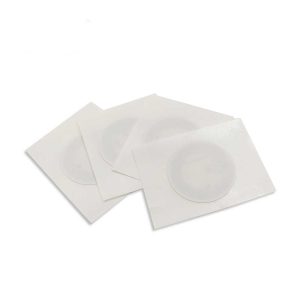
Comprehensive introduction and information of RFID 123
T-shirt monitoring breathing
VivoMetrics is one of the few emerging companies in this field. The company’s LifeShirt is a T-shirt with many sensors, which is currently mainly used to monitor the breathing of patients such as sleep apnea. The company’s target market is to use its products to synchronously manage the data collection of five drug trials. Andrew Behar, founder and chief operating officer of VivoMetrics, regards it as an important growth market because there are about 500 clinical trials in progress at all times. In Italy, doctors use LifeShirt as a tool to monitor stroke patients at home to reduce hospital stays. It can be widely used in health care, and within 5 to 10 years, patients will not have to go to the hospital. Name. But it is not realistic to enable a large number of ordinary consumers to use LifeShirt. Doctors don’t really clear how to use all the data. He thinks. The company’s current primary task is to embed more complex sensors into LifeShirt to measure heart rate, brain waves and other key factors. Vivo is working with a company to develop a lightweight sensor that can track heart rate through clothes. BodyMedia targets the market for this product with its SenseWear transceiver. Roche Diagnostics began to sell armband monitors with this transceiver for $300 to $400 this summer.
Comprehensive introduction and information of RFID 123
Astro Teller, CEO of BodyMedia, hopes to get one or two new transceiver users every year.
High company’s income. Medtronic and Audi have used the device in some of their respective tests. At the request of the user market, the Zigbee Alliance is developing low-cost wireless link technology for wearable medical devices. The organization launched a low-cost, low-bandwidth wireless technology for medical devices in 2004. Digital military equipment The U.S. military will continue to support key research in this field. As part of the research, the objective Force Warrior project aims to redefine the 2010 soldier’s combat equipment. To this end, the U.S. Army is studying new materials needed for future military uniforms that can be used for textile composite antennas, power supplies and data buses. Their goal is to turn soldiers into a node in the battlefield system and reduce their equipment weight from the current 120 pounds to 50 pounds. The U.S. Army is working on the design of composite antennas covering all frequencies. Its power and data bus will have the same capabilities as FireWire and USB interfaces to connect portable computers, batteries, smart displays and sensors worn by soldiers. We are now studying fiber-based semiconductors. We believe that it can also be used to develop wearable systems in the commercial field. James Fairneny, an electronics engineer at the U.S. Army Research and Development Center, said.
RFID tag anti-theft application
Comprehensive introduction and information of RFID 123
Second, RFID, step in
In terms of market demand, the world’s top retail giants Wal-Mart, Tesco and Metro require the goods provided by their suppliers to have RFID tags; in the middle software development, there are Microsoft, Oracle, Sun, etc. T Giant announced its entry into the software development of RFID; in the supply of hard equipment, Alien, Philips, Texas Instruments, IBM, etc. announced a strategic alliance for the increasingly mature RFID smart card market; in terms of technical standards, headquartered in the Massachusetts Institute of Technology (MIT) Auto-ID Center and Ubiquitous ID Center in Japan have also proposed independent and applicable RFID technology standards.
Comprehensive introduction and information of RFID 123
The most powerful development area of RFID: industrial applications in logistics and production
In supply chain management and logistics management, the accuracy and timeliness of information are the key, which is exactly one of the greatest advantages of electronic labeling. The electronic label can be placed anywhere on the item, and the data can be quickly read in the range that the reader can read (from a few centimeters to a few meters). With the help of electronic labeling, it can realize real-time monitoring of raw materials, semi-finished products, finished products, transportation, warehousing, distribution, shelves, final sales, and even return processing. This can not only improve the degree of automation, but also reduce the error rate, thus significantly improving the penetration of the supply chainBrightness and management efficiency. The emergence of electronic labels makes reasonable product inventory control and intelligent logistics technology possible. Some analysts believe that industrial applications in logistics and production are the strongest areas in the RFID chip market.
RFID will have practical significance for the manufacturing industry. It is a revolutionary breakthrough for ERP and SCM systems, commonly used in the manufacturing industry. In the past, material numbers could not track a single component, but today, the precise management of materials extends its tentacles to every component in every link. Whether it is quality control, automated management or product life cycle management, it will face unimaginable convenience in the past. For example, the analysis of the defective rate of products can locate the source of defective products at a certain point, and a product in the warehouse will not be placed alone for too long because of the excessive number of products of the same category.
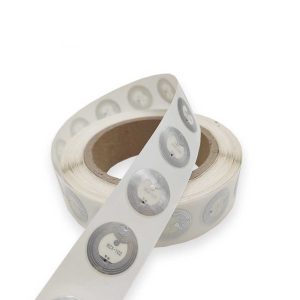
Comprehensive introduction and information of RFID 123
1. RFID in the field of logistics
Germany’s METRO has installed an NCR self-service checkout system in its newly established RFID Innovation Center, which can read not only barcodes, but also radio frequency identification (RFID) tags. The “Innovation Center” established by Metro Group is located in Neus, Germany, in order to jointly develop the application of RFID technology in the retail field with partners. NCR FastLane installed in the Innovation Center? It is the world’s first self-service checkout solution integrated with RFID reader. In its current application, the hybrid self-service checkout system removes the security function of RFID tags in the goods during the scanning process, so that customers will not trigger security alarms when they leave the store after checkout.
“RFID Innovation Center” is one of the projects of Metro Group’s “Extraordinary Future Store” plan. In this plan, in order to promote the wide application of innovative technologies in the domestic and even international retail industries, Metro Group and 45 well-known partners from IT, consumer products and services industries jointly tested the application and interaction of various new technologies in the retail industry in a real environment. This plan has become an effective platform for retail-related technologies and process development and innovation. In the Metro Group’s “Extraordinary Future Store” plan, many technologies and advanced systems have been tested and further developed in practice. In the long run, the goal of the plan is to develop a set of standards for the retail industry that can be implemented internationally.
Comprehensive introduction and information of RFID 123
2. RFID in industrial production
In 2003, as an increasingly international home appliance enterprise, Haier Group began to track RFID technology. Haier hopes to give full play to the role of RFID technology in automatically identifying reading, writing, group reading and long-distance reading, replacing the original close-range manual barcode reading method, and improving work efficiency; and in the longer future, in some possible business processes, data will be captured through RFID labels, so as to significantly improve the level of supply chain management. Once the chip technology develops to a significant cost
When the storage capacity is large enough, Haier also expects to embed chip labels in home appliance products – not only to record the data in the manufacturing process, but also to record the relevant information of customers and electrical appliances. In this way, when providing maintenance services, Haier employees can automatically read the data in the label through the system, so as to have a clear mind about the product information and maintenance records.
Haier has a sense of urgency in the implementation of RFID technology: on the one hand, enterprises need to continuously improve work efficiency and reduce costs; on the other hand, the pressure from the business environment, such as the pressure of some retail giants such as Wal-Mart on suppliers. In addition to leading enterprises obsessed with technological innovation, most of the enterprises that currently pay attention to RFID are under similar environmental pressure. In mid-May 2003, Haier planned to take the lead in using RFID technology in one of its warehouses. Dell has also installed RFID tags on product parts. It can quickly convert online orders into radio frequency signals. These signals can instruct Dell’s automatic parts selector to collect the required parts for each PC; it can also transmit product assembly diagrams to workers and supplement the shipments of finished products. Dell’s managers can monitor the position of products in the production process online. RFID is seen as one of Dell’s tricks to win its peers.

Comprehensive introduction and information of RFID 123
3. RFID in the field of vehicle tracking and management system
WhereNet, a wireless positioning and communication company, will WhereSoft Vehicle. This VTMS (Vehicle Tracking and Management System) will combine RFID with business rules for the first time to automate workflows. VTMS, positioned in the automotive industry, vehicle processing center and car rental companies, adopts WhereNet active RFID tags and WherePort technology. WherePort is a technology that triggers the RFID label emission signal when the item that brings the RFID tag enters or leaves a specific area. Unlike passive RFID labels, the active labels have a launch distance of 1,000 feet, and the positioning accuracy is within a radius of 10 feet. When cars are still being manufactured online, an RFID tag called WhereTag is assigned to each vehicle and linked to VIN (vehicle identity number). The shipping price of WhereNet VTMS is between $250,000 and $1 million.
Donglai Precision Electronics, mainly engaged in, rfid label | rfid | rfid electronic tag | rfid technology | RFID reader | rfid asset management system | rfid card | rfid equipment | electronic tag | RF label | high-frequency label | library rfid label | automatic Identify technical solutions
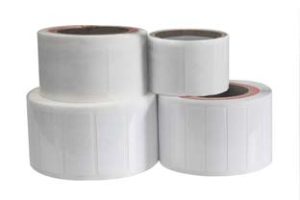
We will provide you with 1V1 technical consulting services for free! We have a 3,000+ square meter R&D center in Shenzhen Guangming Pilot Industrial Base, and our R&D center ha12+ laboratories, with strong research and development strength, is a manufacturer you can trust. Welcome to call for consultation. Please contact us for free samples!

